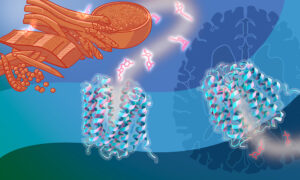
Vitamin B1’s journey in your body, and why it matters
Science & Technology EMBL Hamburg scientists have gained molecular insights into how we absorb vitamin B1 – a mechanism with implications for disease and drug development.
2024
science-technology

Science & Technology EMBL Hamburg scientists have gained molecular insights into how we absorb vitamin B1 – a mechanism with implications for disease and drug development.
2024
science-technology
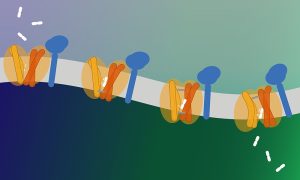
Science & Technology The group of Christian Löw at EMBL Hamburg and CSSB, and collaborators from the Christian-Albrechts-University Kiel and CNRS & Université Paris Cité worked together to reveal the structure and function of a previously unknown lysosome transporter, MFSD1.
2024
science-technology
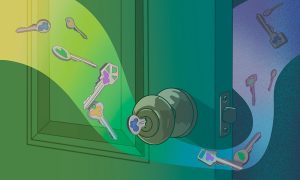
EMBLetc Promiscuity is critical for nourishment. How? This question lies at the focus of research by the Löw Group at EMBL Hamburg. Using structural biology methods, they explore how specialised molecules located in the cell membrane allow cells absorb nutrients from their environment.
2023
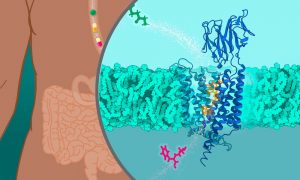
Science & Technology Scientists at EMBL Hamburg determined the molecular structure of Peptide Transporters 1 and 2. The findings will enable developing drugs that more efficiently pass from the gut to target tissues.
2021
sciencescience-technology
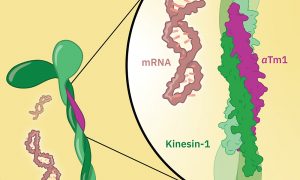
Science & Technology EMBL scientists generate a high-resolution crystal structure of the Kinesin-1/aTm1 transport complex in the fruit fly.
2021
sciencescience-technology
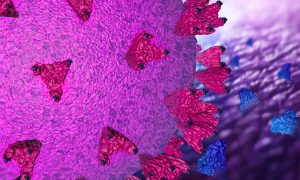
Science & Technology By screening hundreds of sybodies (synthetic mini-antibodies), scientists have identified one that might stop SARS-CoV-2 from infecting human cells. This work, which holds promise for treating COVID-19, was conducted by EMBL Hamburg and collaborators from the Centre for Structural Systems Biology…
2020
sciencescience-technology
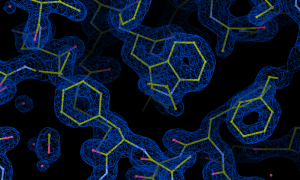
Science & Technology A group of scientists led by EMBL Hamburg’s Christian Löw provide insights into the molecular structure of proteins involved in the gliding movements through which the parasites causing malaria and toxoplasmosis invade human cells.
2020
sciencescience-technology
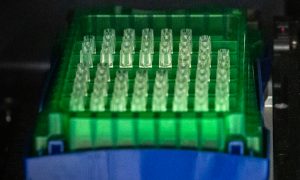
Science & Technology Scientists at EMBL Hamburg and Karolinska Institutet Stockholm aim to find synthetic antibodies – known as nanobodies – that bind a surface protein of the novel SARS-CoV-2 coronavirus. Nanobodies could prevent the virus from entering human cells and causing COVID-19.
2020
sciencescience-technology
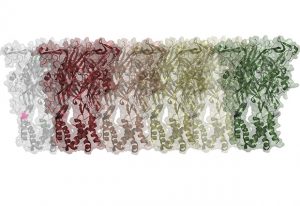
Science & Technology EMBL scientists collaborate to develop new protocol for screening membrane protein stability
2019
sciencescience-technology
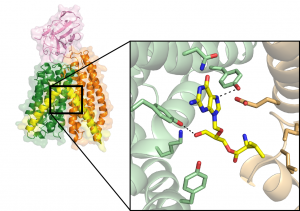
Science & Technology Scientists develop structural model that could help in the development of drugs with increased absorption rates
2019
sciencescience-technology
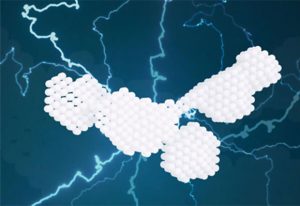
Science & Technology X-ray experiments show that scaffolding protein PDZK1 has a L-shaped conformation
2018
sciencescience-technology
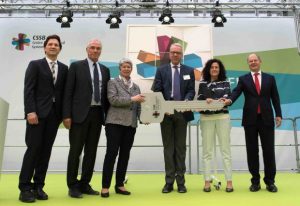
Science & Technology Inside the Centre for Structural Systems Biology
2017
sciencescience-technology

Science & Technology How Christian Löw’s failed experiment led to an unexpected scientific journey
2016
sciencescience-technology
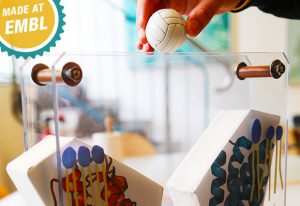
Lab Matters Hamburg researchers have a ball creating game to explain transporter protein mechanism.
2015
lab-matters
No matching posts found
Looking for past print editions of EMBLetc.? Browse our archive, going back 20 years.
EMBLetc. archive